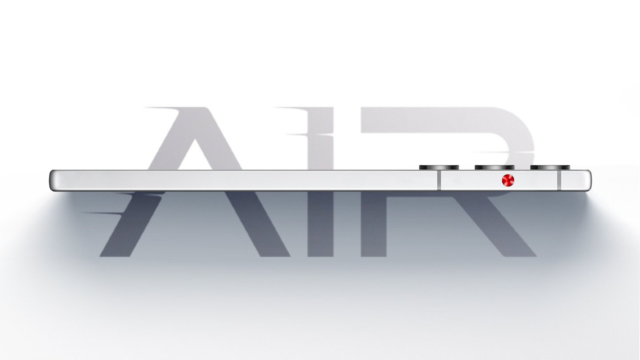In a development that has become a hot topic in the technology world, Microsoft has officially ended support for its popular operating system, Windows 10, as of October 14, 2025. This date marks the beginning of a new era for millions of users. From now on, devices running Windows 10 will no longer receive security or feature updates or technical support from Microsoft.
What Will Happen to Defender Protection?
Devices will continue to function even after support is discontinued, but the lack of regular security updates significantly increases vulnerability to cyberthreats, including malware and viruses. Furthermore, some applications running on this platform may lose support over time.

According to Microsoft’s statement, Microsoft Defender’s built-in antivirus protection will maintain its detection and protection capabilities to the extent possible. Even for Windows 10 users who don’t have Defender, security intelligence updates for the built-in antivirus protection will continue to be provided until October 2028.
However, it’s important to remember that security solutions are inherently less effective on older systems that haven’t received operating system-level patches and may not receive all the new protection features. Defender Antivirus alone won’t provide comprehensive risk protection.
If your device is technically compatible, the most definitive and reliable solution is to upgrade to Windows 11. Windows 11 offers the latest security features, enhanced performance, and uninterrupted support at no additional cost. If upgrading isn’t possible, purchasing a new Windows 11 device is the best option.
If upgrading isn’t immediately possible, Microsoft has implemented the Extended Security Update (ESU) Program. This program provides critical and important security updates, but it doesn’t offer new Windows features or technical support. Enterprise customers can purchase this service for up to three years or get it free with a Windows 365 subscription.
Consumer customers also have options for a one-year ESU registration. This may include free registration in some regions, but paid options are also available. Windows 10 devices accessing Windows 365 (Cloud PC) or Virtual Machine environments are eligible to benefit from ESU by receiving automatic updates at no additional cost.













